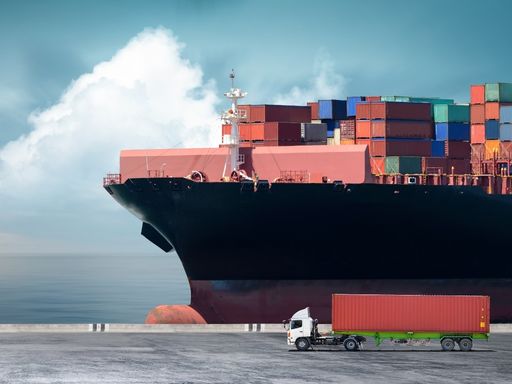 The accelerating technological developments in recent years has opened for new opportunities, and Maritime Autonomous Surface Ships (MASS) represents a promising area for the maritime industry. However, new risks may emerge as technologies with advanced automation are introduced.
The accelerating technological developments in recent years has opened for new opportunities, and Maritime Autonomous Surface Ships (MASS) represents a promising area for the maritime industry. However, new risks may emerge as technologies with advanced automation are introduced.
In the current absence of specific rules and standards for such technology, safety must instead be ensured by using the alternative design approach where each flag might have distinct interpretations so creating different safety levels. To enhance harmonisation, EMSA has contracted DNV to perform a functional study with the objective of developing a Risk Based Assessment Tool (RBAT) and software specifically for MASS facilitating the work of the EU Member States administrations in the analysis and approval of preliminary MASS designs.
Period: August 2020 - December 2024
Contractor: DNV
Deliverables: 5 reports
How can we ensure the safety of Maritime Autonomous Surface Ships (MASS)?
The Risk-Based Assessment Tool (RBAT) is a structured methodology designed to systematically identify hazards, evaluate risks, and define controls for autonomous vessel operations.
In this video, we walk through all five RBAT steps, from defining automation use and performing hazard analysis, to evaluating mitigation measures and implementing risk controls.
The methodology is Ideal for professionals working with MASS technology, safety frameworks, or regulatory compliance.
Key takeaways:
- Structured hazard and mitigation analysis
- Real-world examples from autonomous navigation
- A step-by-step walkthrough of the RBAT methodology
Watch to explore how RBAT can support safe, effective, and future-ready autonomous maritime operations.

 The accelerating technological developments in recent years has opened for new opportunities, and Maritime Autonomous Surface Ships (MASS) represents a promising area for the maritime industry. However, new risks may emerge as technologies with advanced automation are introduced.
The accelerating technological developments in recent years has opened for new opportunities, and Maritime Autonomous Surface Ships (MASS) represents a promising area for the maritime industry. However, new risks may emerge as technologies with advanced automation are introduced.